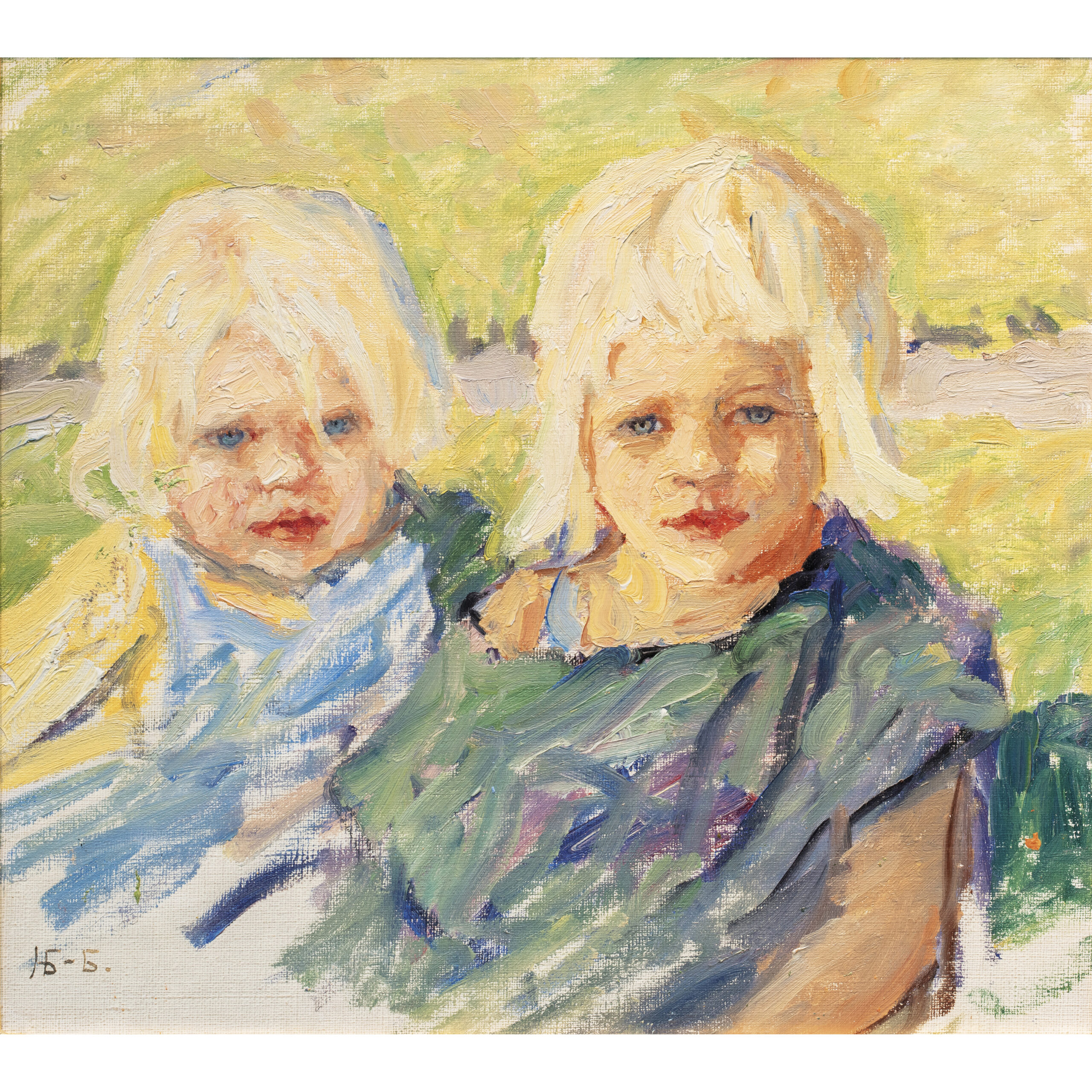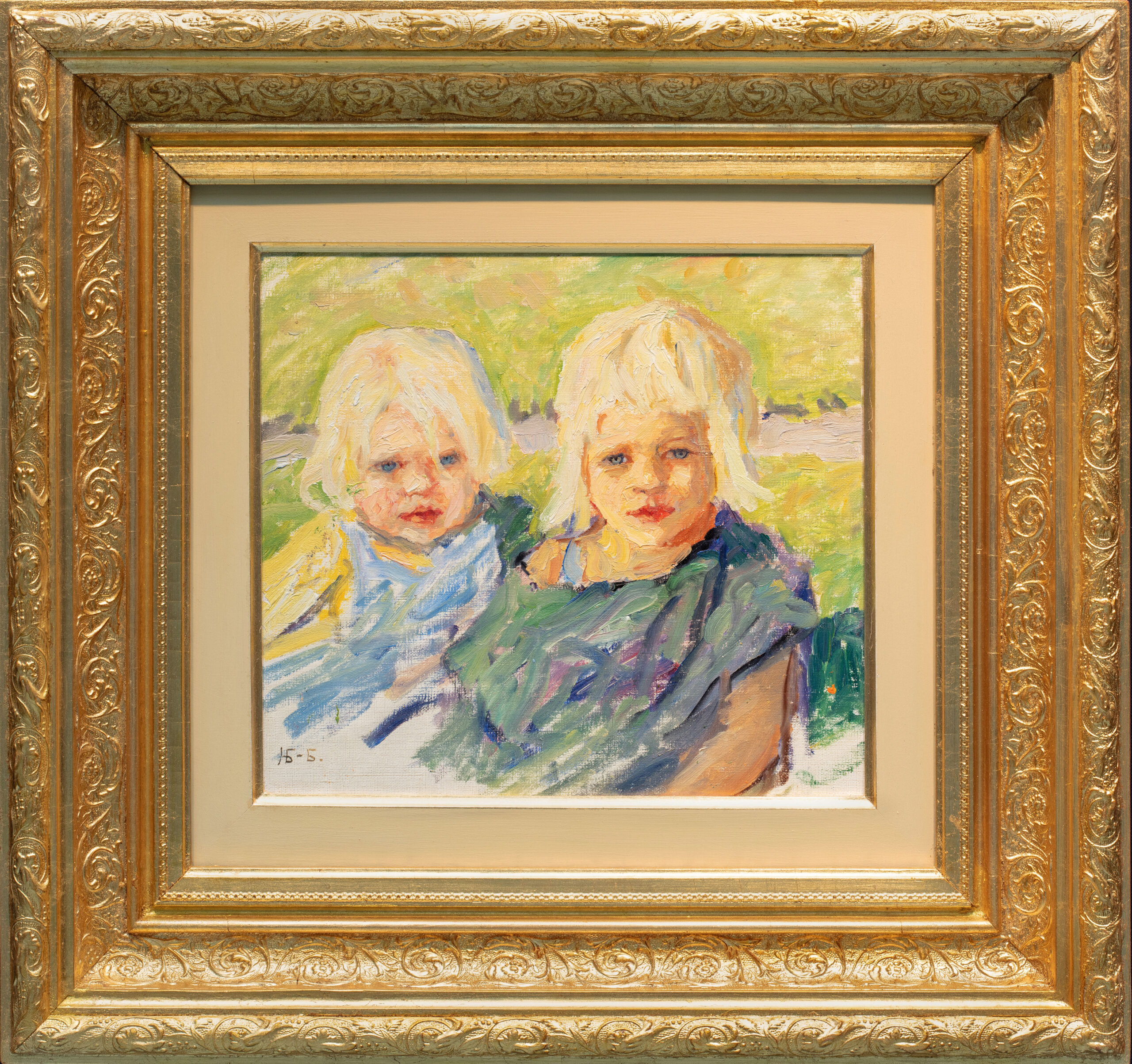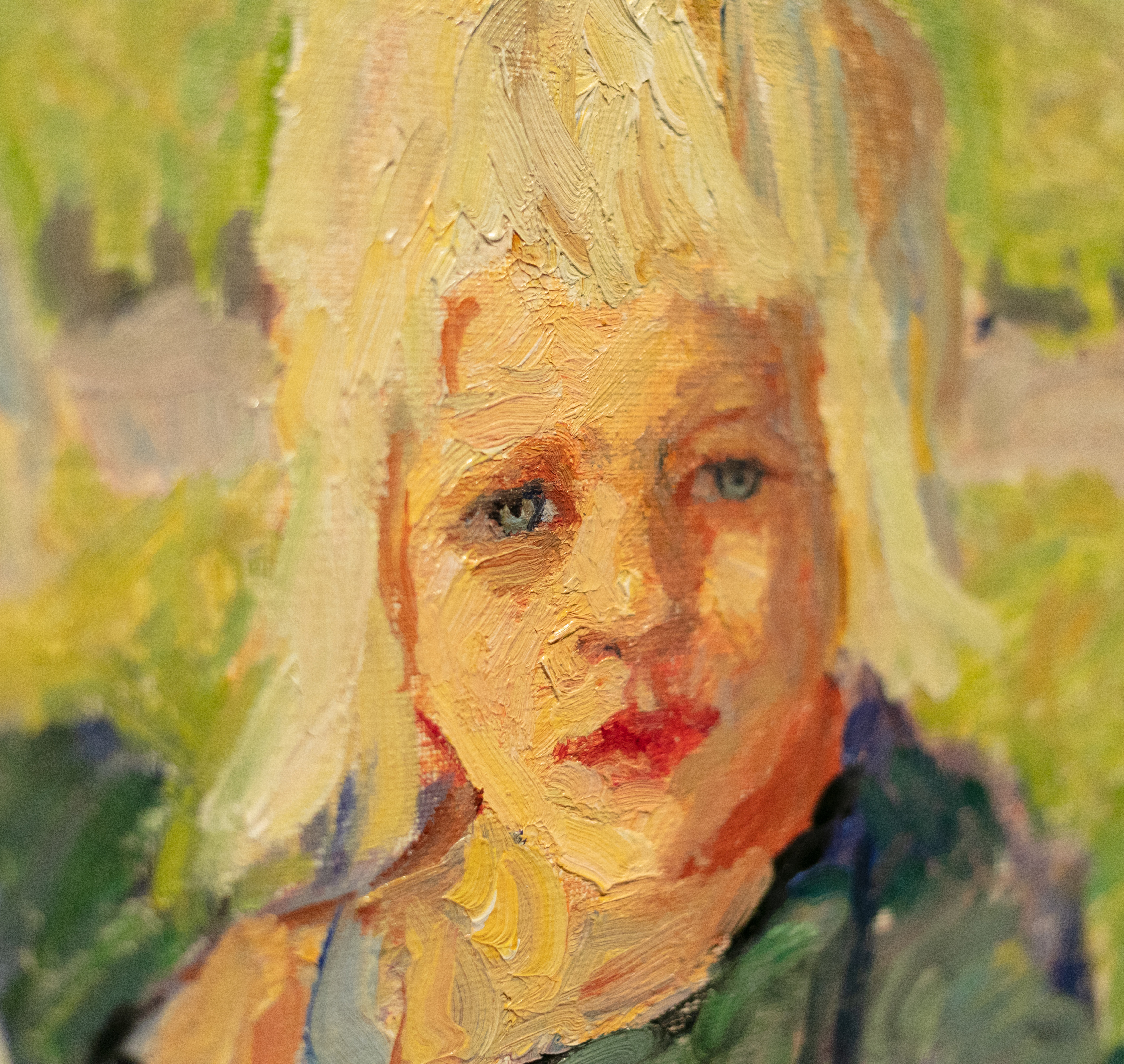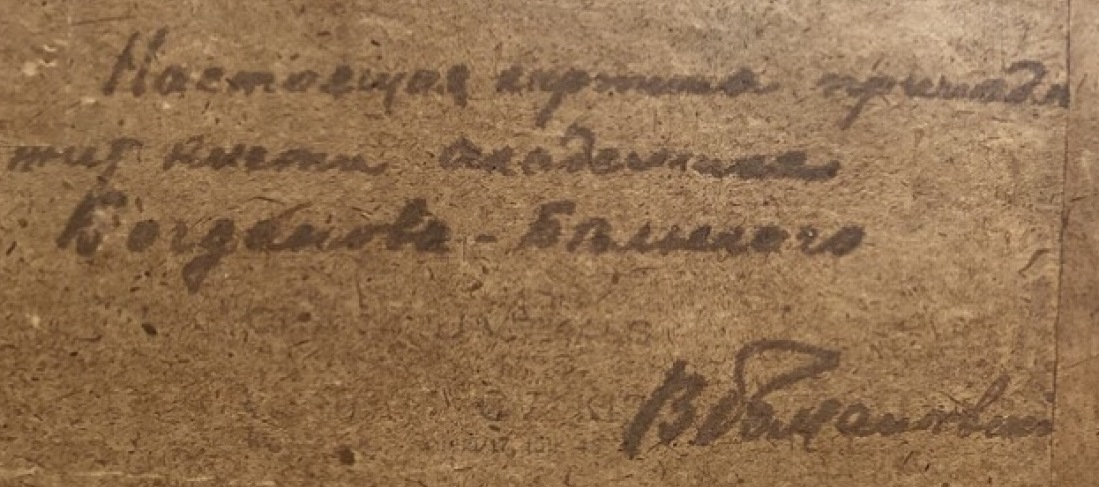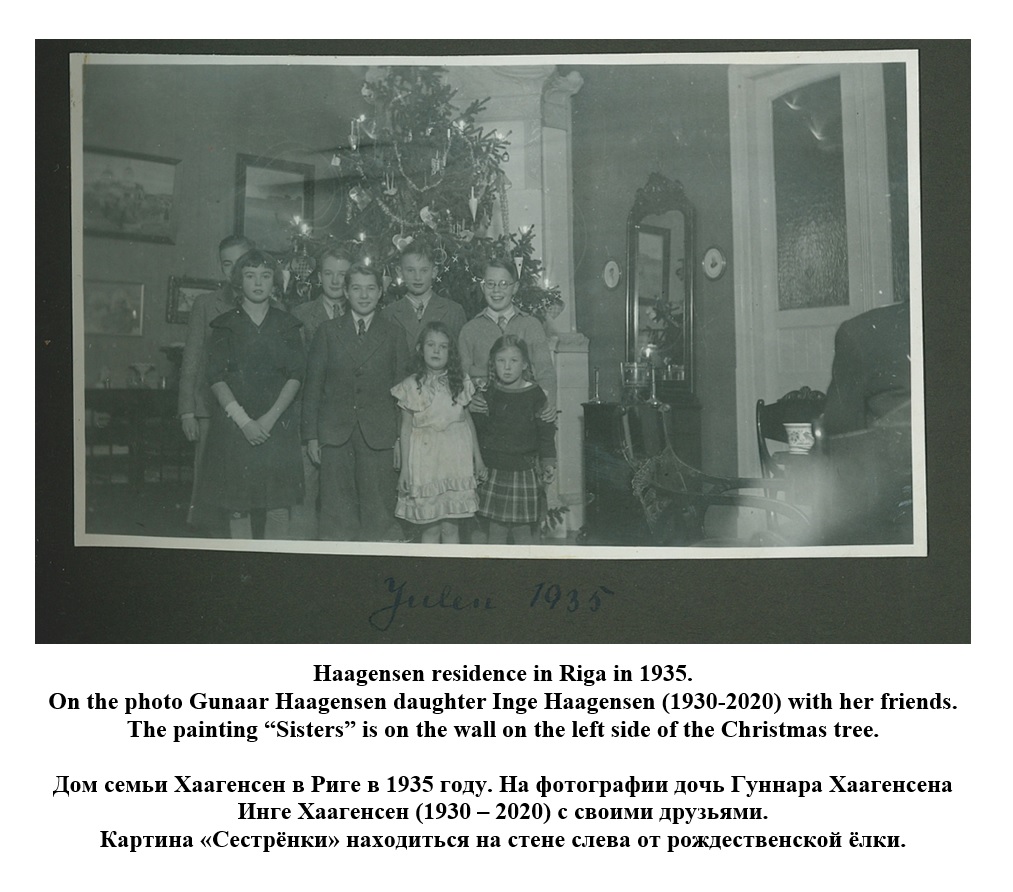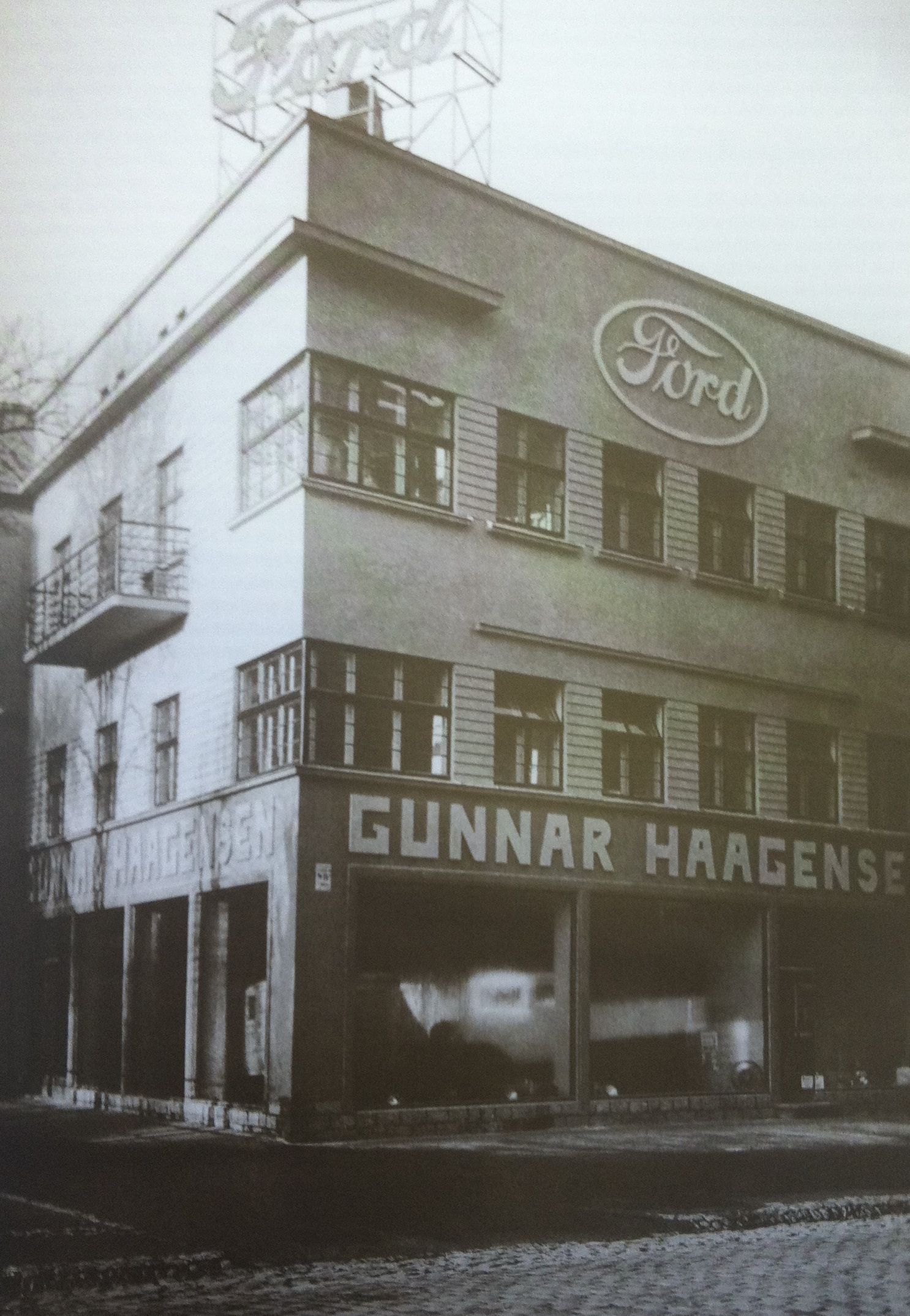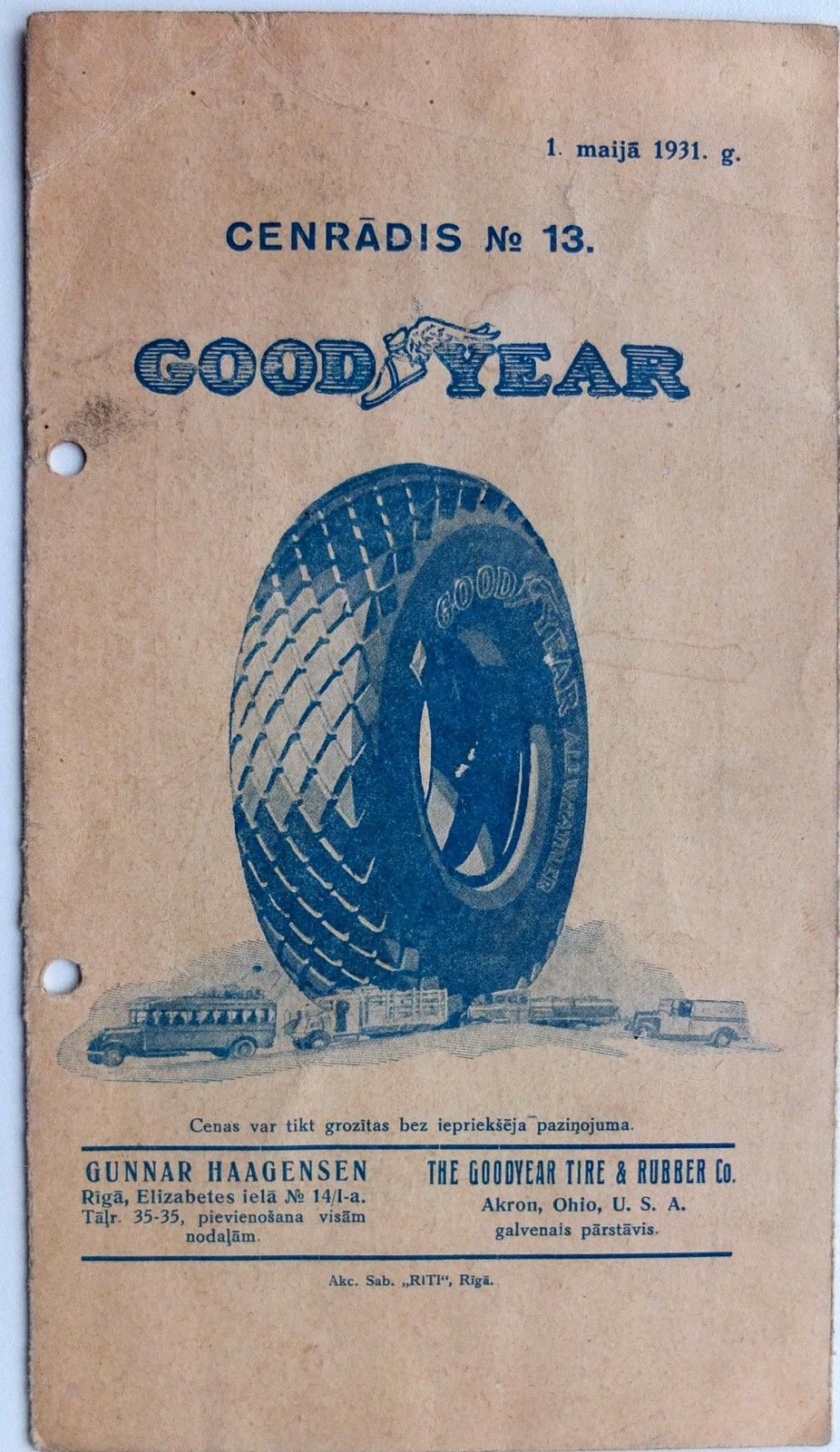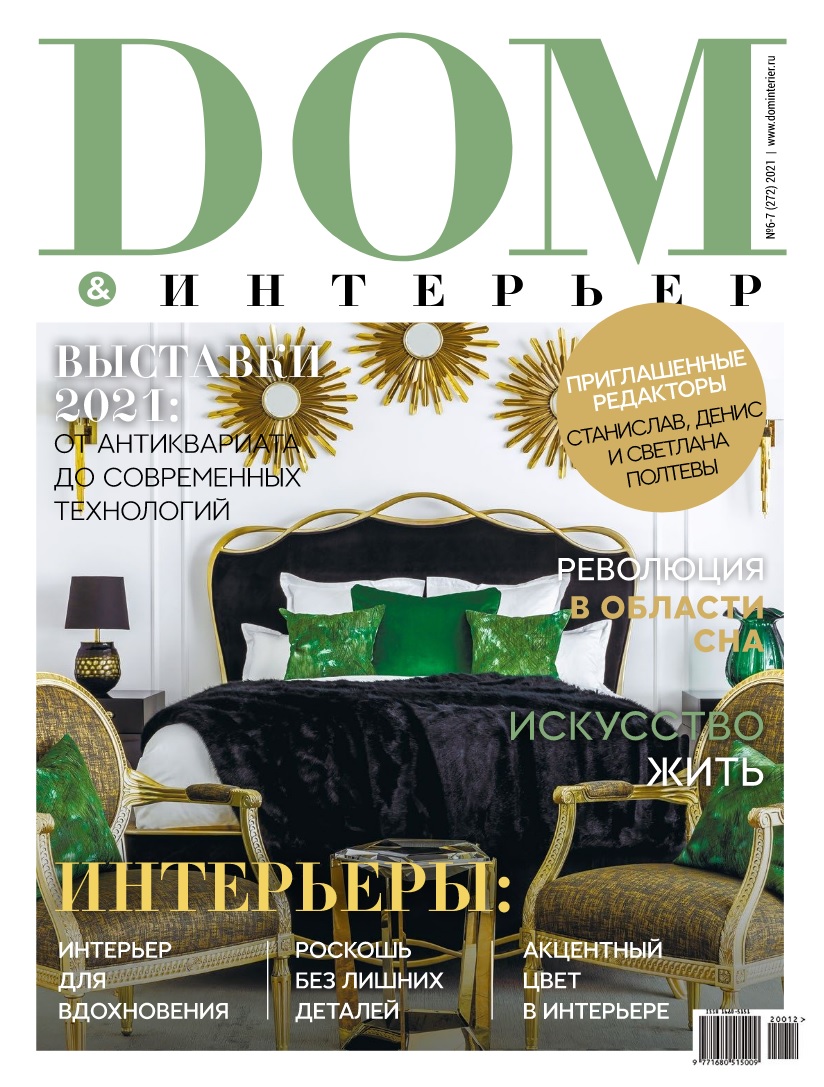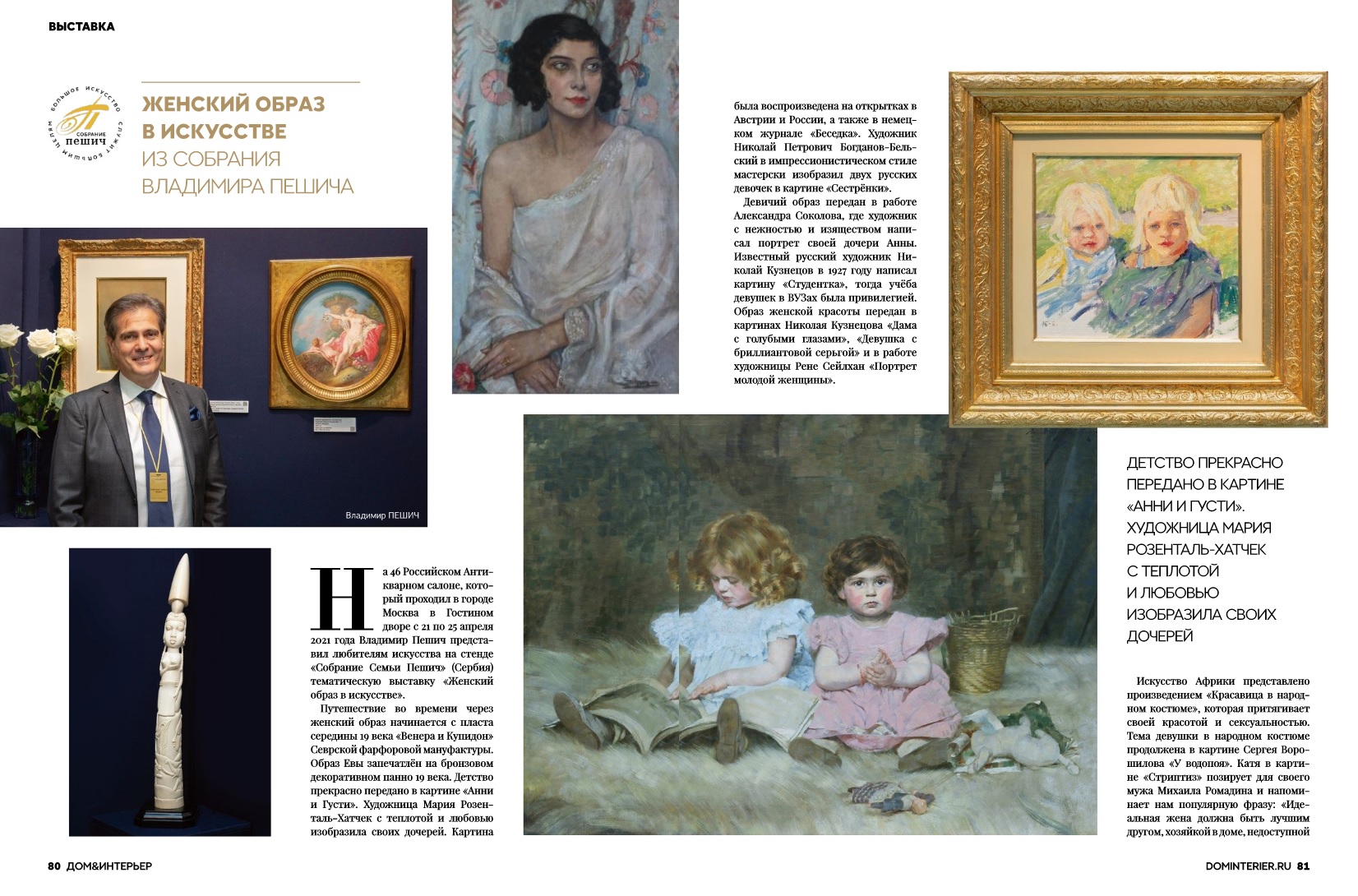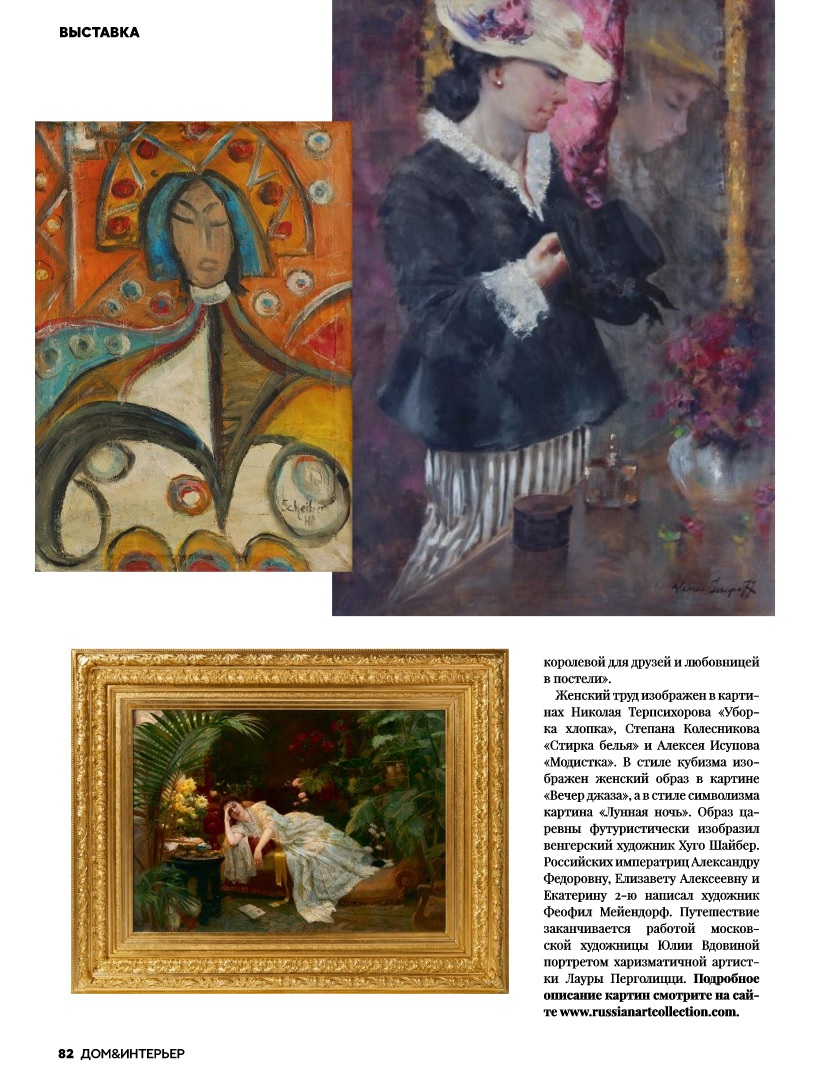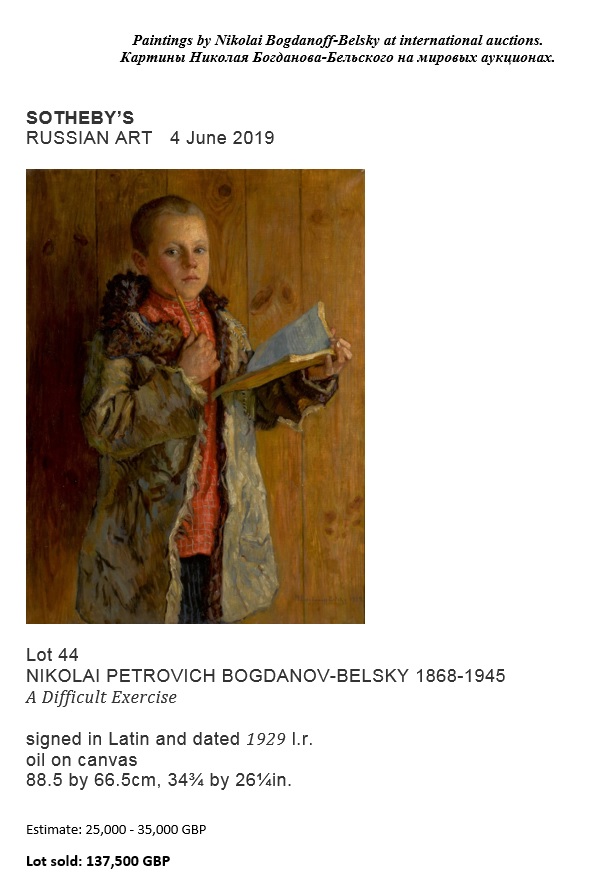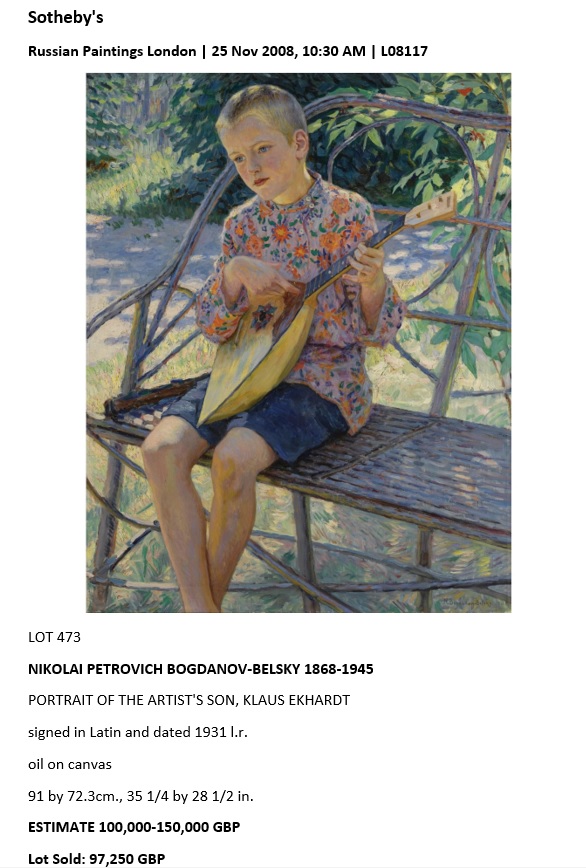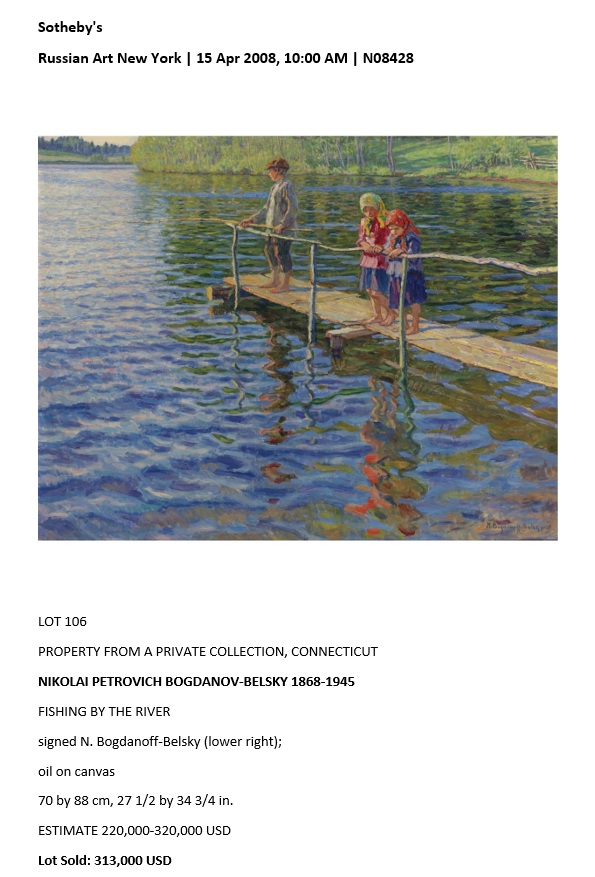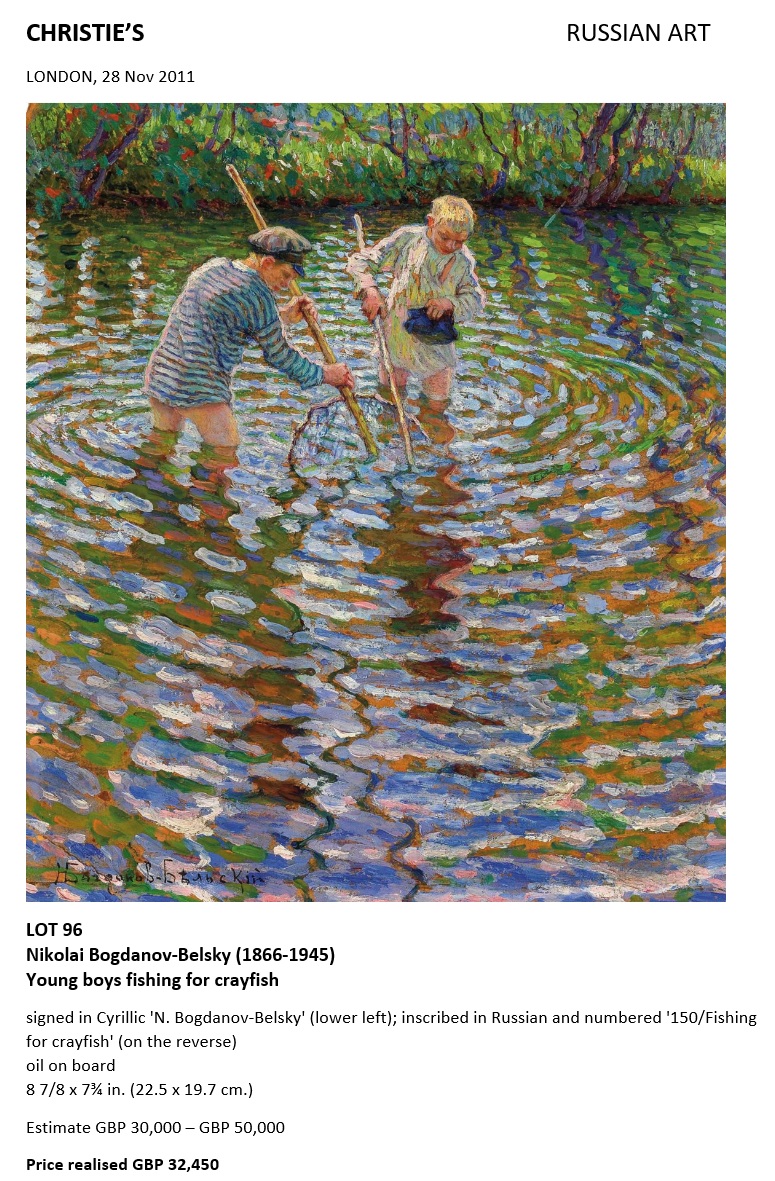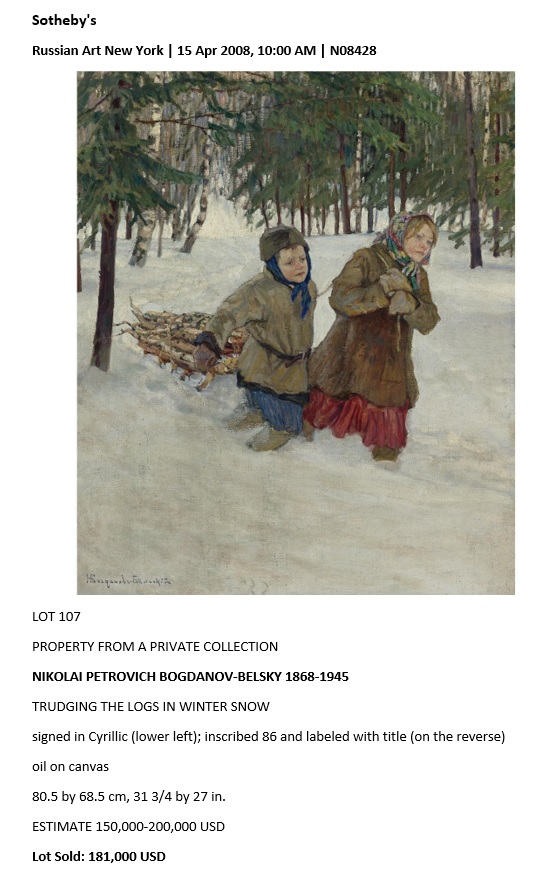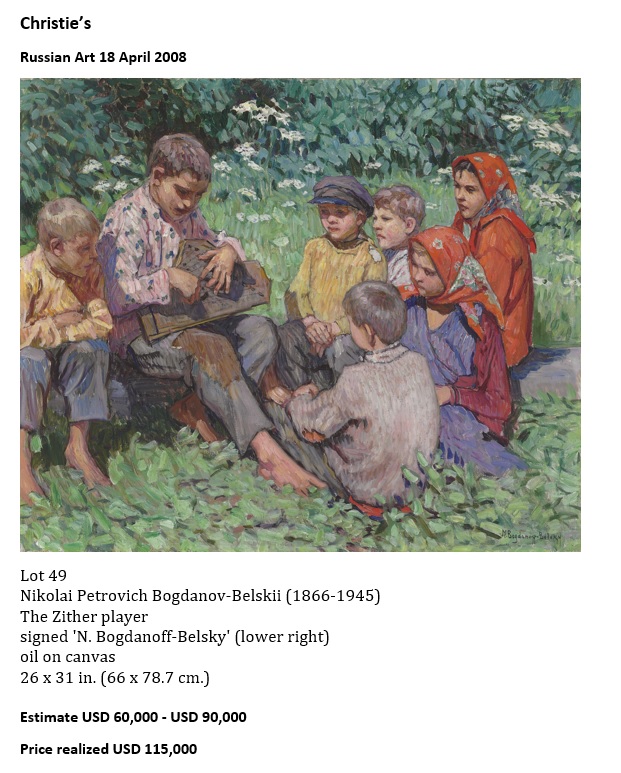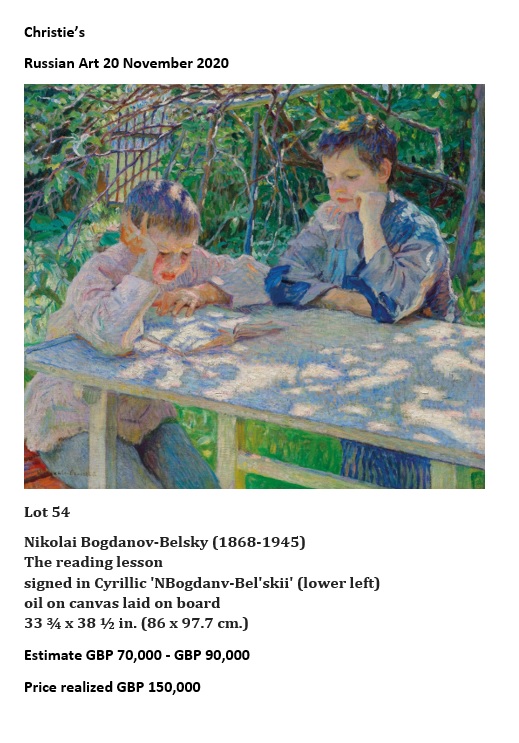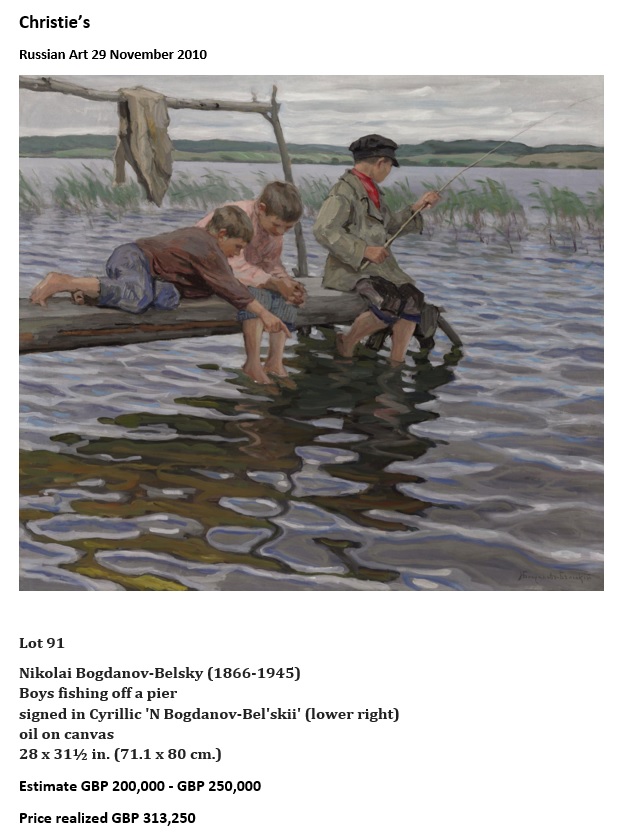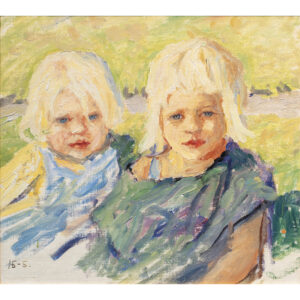BOGDANOFF-BELSKY NIKOLAI PETROVICH
8/20 December 1868 (village Shitiki, Belski district, Smolensk province) – 19 February (Berlin)
Painter
Belsky was an illegitimate son of a farmworker. He was named Bogdanov at baptism. Subsequently, he added the name of the district he was born in to his name. He started his education at a two-year school in the village Shepotovo, and then continued studies in the village Tatevo in Tverskaya province at a school founded by the famous pedagogue S. A. Rachinsky, who was the first to pay attention to Belsky’s painting skills. He provided funds for his studies. From 1882 to 1883 Belsky studied icon-painting in a studio at Trinity Lavra of St. Sergius. In 1884 he started to study at Moscow School of Painting, Sculpture and Architecture. His teachers were V. D. Polenov, V. E. Makovsky and I. M. Prianishnikov. In 1889 he was awarded a silver medal and the title of Class Artist (formal qualification in Russian Empire) for the painting “the Future Monk”. In 1890 he traveled to Constantinople and to Mount Athos. From 1894 to 1895 he studied at Imperial Academy of Arts, where he learned from I. E. Repin. He then studied in Paris at studios of F. Kormon and F. Colarossi. He worked in Petersburg.
He became famous as a master of genre art. He dedicated his best works to village children and school: Sunday Reading (1895, State Russian Museum), Mental Calculation (1896, State Tretyakov Gallery), At the School Door (1896, State Russian Museum), At the Sick Teacher’s (1897, State Tretyakov Gallery), Essay (1903), New Kids (1904), Teacher’s Name Day (1911). He also turned to journalistic themes: News from the War (1905, State Tretyakov Gallery), New Owners (1913), Telegram from the Commander-in-Chief (1916). He painted portraits of aristocrats and famous contemporaries: historian N. P. Barsukov (1905), pedagogue S. A. Rachinsky (1903), prof. V. I. Sergeyevich (1908), F. I. Shalyapin (1916), countess E. P. Sheremetyeva (1898), grand prince Dmiti Pavlovich (1902), emperor Nikolay II (1904-1908), knyaz F. F. Yusupov (1911), widowed empress Maria Fedorovna, princess I. I. Voroncova-Dashkova.
He took part in exhibitions of the Peredvizhniki (1890-1918, member of Peredvizhniki from 1895), exhibitions of the Moscow Society of the Art Lovers (1893, 1894, 1897), exhibitions of the Saint Petersburg Artist Society (1894), exhibitions of the Contemporary trends in art (Saint Petersburg, 1907), exhibitions of the paintings of Russian artists (Moscow, 1915), heritable exhibition From artists to comrades soldiers (Moscow 1914) and exhibition of works of art for disabled Poles (Prague, 1916), many exhibitions in the provinces, he also took part in international exhibitions in Paris (1900) and Rome (1911). His works were printed in journals Niva, Artistic Treasures of Russia and Capital and Manor.
In 1903 he received the title of academician, in 1914 he became a full member of the Imperial Academy of Arts. From 1913 to 1918 he headed the committee of the Society named after A. I. Kuindzhi. In 1919 he took part in the First free state exhibition of Works of Art. In 1921 he held a personal exhibition in Petrograd.
In September 1921 he emigrated to Latvia. He lived in Riga and spent summers at the acquired estate Loborzh near the city Rezhica (now Rezekne) in Latgale. He continued to paint, mostly children (cycle the Children of Latgale), Latvia landscapes and portraits (president of Latvia Janis Cakste). He created a number of publicist works (painting Defender of the Motherland depicted a Russian officer who sells newspapers in the street). He was awarded Order of the Three Stars (1936) and was a member of the Art and Literature Chamber.
He held personal exhibitions in Riga and City Art Museum (December 1921 – January 1922, March-April 1925, February 1932, 1940) and in halls of Dancing Palace (1936, dedicated to the 50 year anniversary of the creative activity). In 1933 he held personal exhibition in Tallinn, which was opened by the president of the Republic of Estonia, Konstantin Plyast. In January 1935 he held personal exhibition in Belgrade (Pavilion of Cvieta Zuzorich). He took part in group exhibitions of Russian artists in Paris (Magellan, 1921; d’Alignan, 1931), New York (Grand Central Palace, 1924, 1926), Pittsburgh (1925), Prague (1928, one painting was acquired by Paris National Gallery, 1930, 1935), Hradec Kralove and Brno (1931-1932), Copenhagen (1929), Amsterdam (1930), Berlin (1930), Belgrade (1930), gallery P. Loujetzky in Hague (1938). In 1935 he donated several paintings to the Russian Museum of Culture and History in Prague. In 1941 he took part in the first art exhibition in Soviet Latvia and in the same year he sent the painting Shepard Proshka (1939) to the exhibition in Moscow. Ha painted a portrait of Maksim Gorky for the Riga Theatre of Russian drama (1940).
In 1932 he married a German woman Antonia (Antonina) Erhardt, a daughter of a local manufacturer, he raised her two sons from her first marriage. During the WWII he stayed in Riga. In January and February 1942 he took part in the first General art exhibition in Riga where his works (most expensive at the exhibition) were acquired by Reich Commissioner and the Reich Commissariat of the Ostland. In October 1943 his personal exhibition was opened within the Autumn exhibition in the Zinta gallery in Riga. In April and May 1944 he took part in the exhibition of paintings by Russian artists.
In September 1944 he traveled to Germany with his wife for a treatment. On September 30 he got to Danzig (Gdansk), then to Pozen (Poznan), then to Berlin. He died in the hospital after a major operation during the bombing of Berlin. He was buried at the Tegel Russian Orthodox Cemetery in Berlin.
